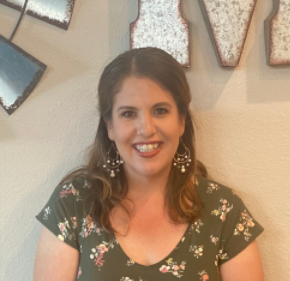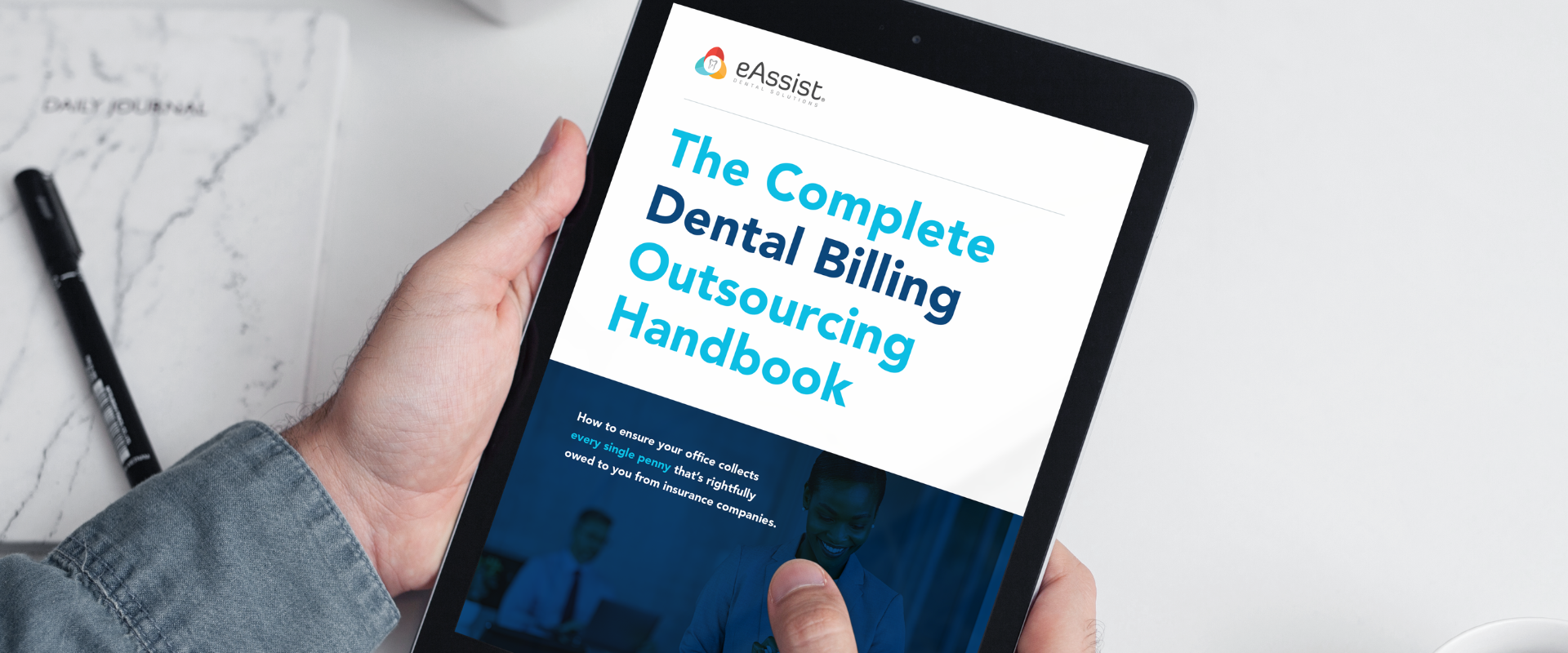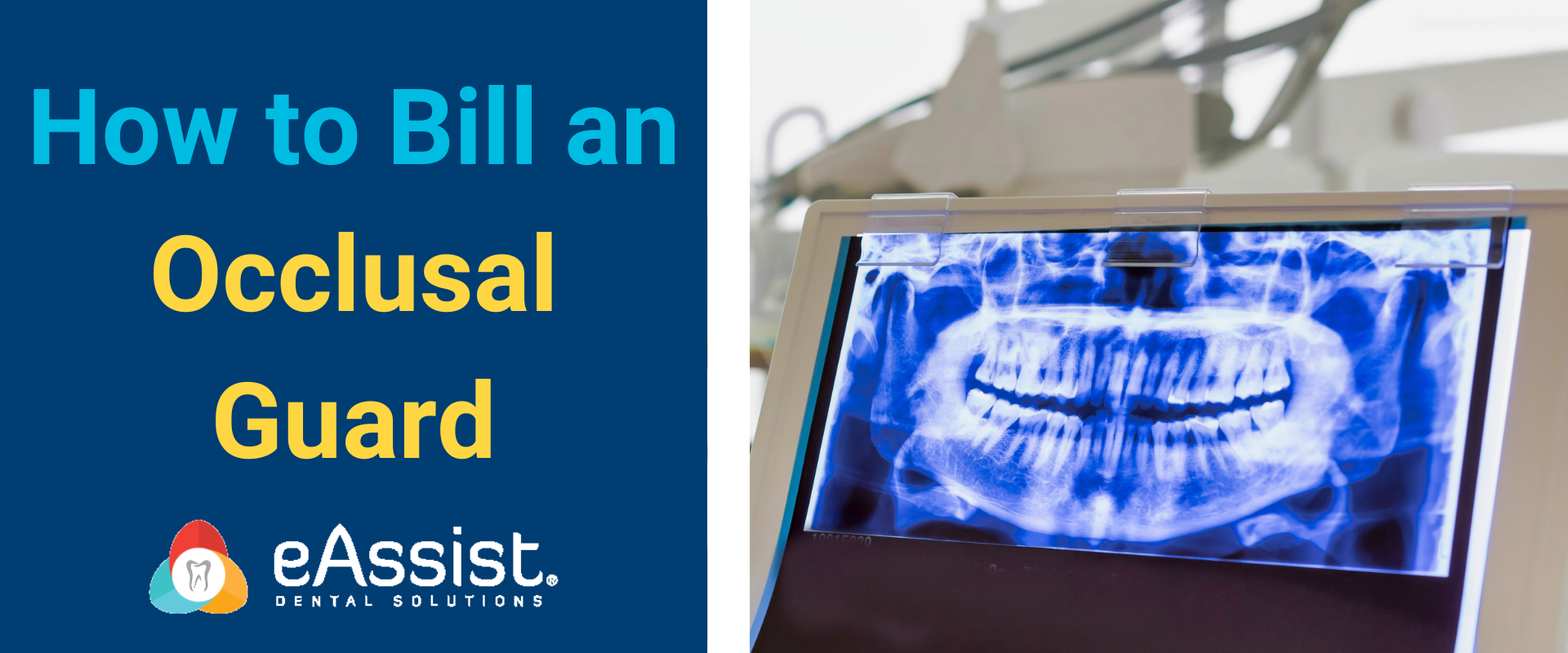Maintaining a steady revenue stream has become more challenging than ever for dental practices due to the evolving healthcare industry. We often face financial pressure, with changing insurance policies, shifting regulations, and rising patient demands. One of the most common issues that cause stress for dentists and their staff is outstanding insurance and patient accounts receivable. Tired of not knowing whether or not your AR is working for you? Unsure how to resolve the issue of inefficient dental billing? Don’t worry, we’ve got you covered. Let’s explore some solutions and pro tips to tackle your accounts receivable problems.
Fee schedules and dental billing
Why is a fee schedule important? Fee schedules can change annually or even more frequently. It’s a good practice to obtain updated fee schedules from insurance companies each year. Updated fee schedules can improve your dental billing efficiency by minimizing the adjustments to patient accounts due to discrepancies between patient ledger fees and EOBs. This results in more accurate production and collection figures. Is your office using the latest PPO fee schedules linked to the right insurance plans? Take a look at some of the biggest benefits:
- Provides patients with a clear overview of treatment costs with no guessing games
- Creates a comparative marketplace for treatment that allows patients to make better informed decisions relative to their budget
- Helps to project potential treatment revenue over time
Pro tip: Renegotiate fee schedules every 18-24 months to keep up with rising cost and a potentially competitive marketplace.
Collecting patient co-payments
Does your office remind patients to check out at the front desk after their appointment, or do they let patients leave without stopping? Clinical staff should remind patients to stop at the front desk for potential co-payments, even if they have insurance. If you bill patients after receiving insurance payments, clearly communicate this to your patients, so they expect a statement and understand their remaining balance is their responsibility. Here is what you can expect with an efficient on-the-spot copay system:
- Improved cash flow by collecting what you’re owed at the time of service, not after
- Reducing costs from not having to chase down patient portion once they walk out the door
- Knowing what their copay is makes patients more likely to accept continued treatment
Pro tip: Billing patients after billing insurance can be risky. The likelihood of a patient paying their balance decreases significantly if they’re not consistently reminded or have paid upfront.
Know when to appeal
Are you dealing with a never-ending pile of insurance denials and requests for additional or corrected information? Knowing when and how to handle insurance correspondence efficiently and effectively is essential for dental billing. Only around a third of denied claims are appealed, resulting in lost revenue. Dental office teams often struggle to find time for successful appeals and collections amidst their daily tasks and patient care. This can lead to patients being billed for the difference, resulting in low retention and distrust. Some common issues you should always appeal include:
- Incorrect patient information (misspelled names, addresses, or gender)
- Frequency limitations (certain procedures may only be billable a few times a year)
- Incorrect CDT codes (the right code also requires the right narrative to be fully reimbursed)
Knowing when and how to appeal is only one piece in the machine of dental billing. Streamlining your processes also means implementing procedures that work to prevent claim denials or rejections in the first place.
Streamlining dental billing processes
Are you familiar with all the dental billing processes required for consistent cash flow in a dental practice? Spoiler alert: the list is extensive. Most dental offices skip these steps for various reasons. Time constraints and difficulty finding knowledgeable front desk team members are common reasons for letting claim follow up go by the wayside. An efficient operating procedure can look something like this:
- Verifying patient insurance coverage prior to the appointment date
- Using coding resources to standardize procedures accurately
- Attaching relevant narratives, intraoral photos, and x-rays as needed
All of these processes are crucial for success, but sticking to them on top of everyday tasks can become impossible without dedicated help. What happens when your staff are stuck in claim limbo, without the tools and resources they need to collect 100% of what you’re rightfully owed?
The ultimate dental billing solution
eAssist Dental Solutions is here to help. As the nation’s leading remote dental billing solutions platform, our network of dental billing specialists ready to streamline your practice’s revenue gaps. We can take care of the time-consuming insurance and patient billing tasks, allowing your team to focus on scheduling, treatment planning, patient care, and more. We know that dental billing isn’t one-size-fits-all. It’s unique to your practice. Whether you need help getting your over 90 to zero (and keeping it there) or just a free, no obligation consultation, eAssist can help. Schedule below today. Our Business Development Specialists are standing by to hear about and implement your financial goals.












0 Comments